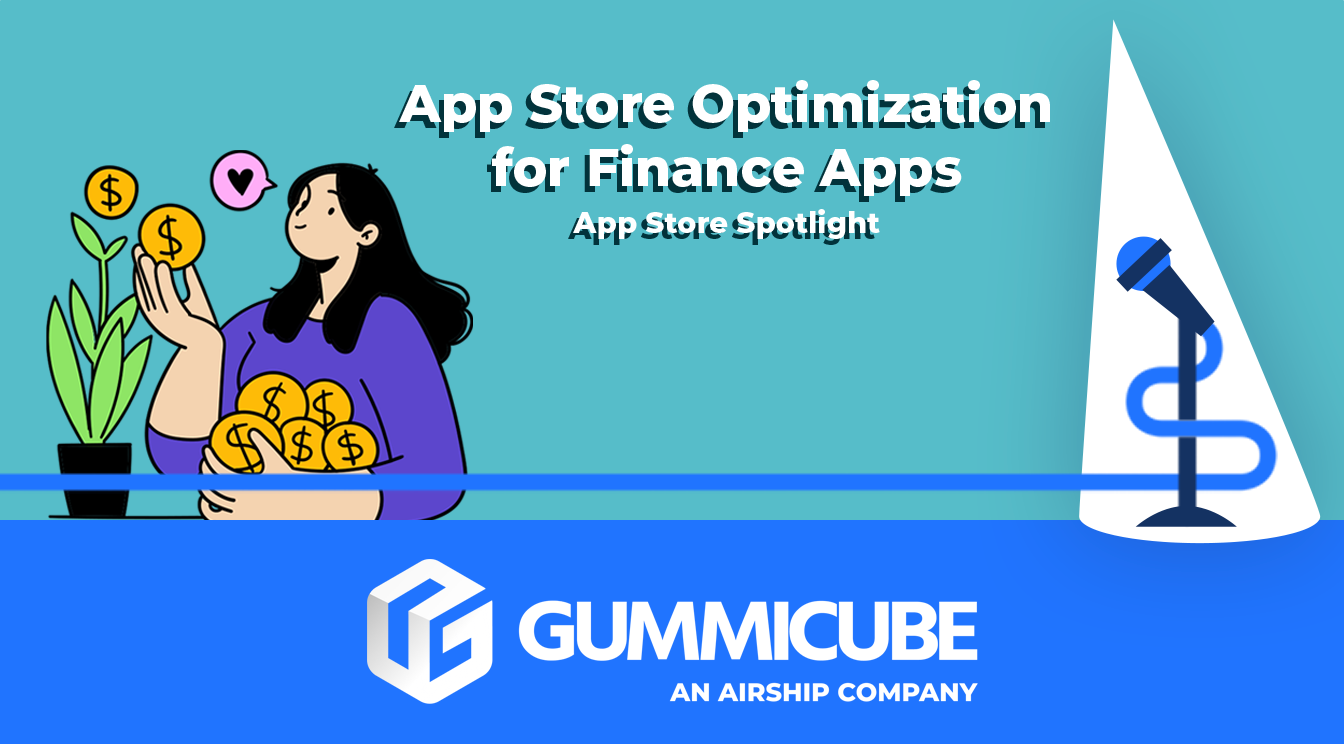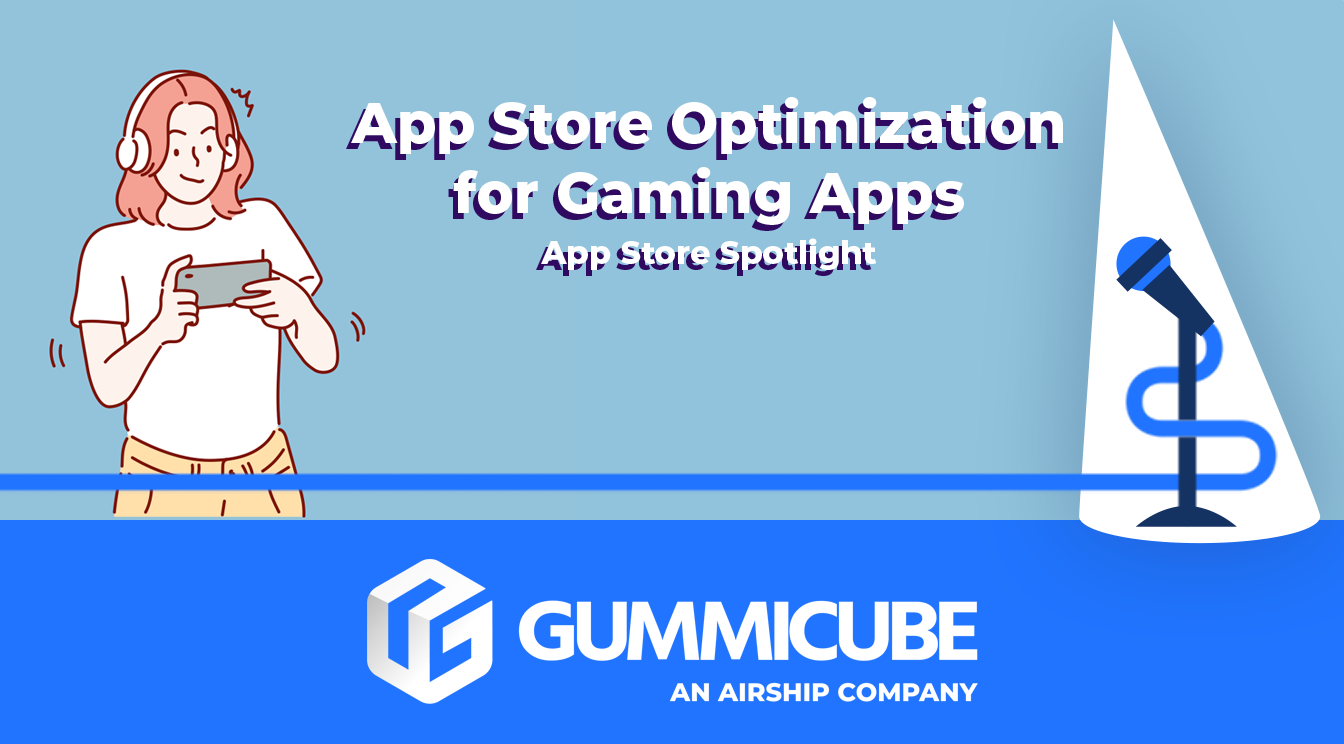Dr. Mario World App Store Spotlight
July 26th, 2019


by Anh Nguyen
COO & Co-Founder at Gummicube, Inc
Nintendo has launched a new app for the popular “Mario” franchise, bringing the classic “Dr. Mario” game to mobile devices. While the franchise name certainly gives it a strong start, does the app also have healthy App Store Optimization, or are its rankings in need of medicine? For this week’s App Store Spotlight, we give Dr. Mario World a checkup and see how its ASO is doing.
iOS
On the Apple App Store, Dr. Mario World is ranked #14 in the Puzzle category. The game is the top-ranked app for “Mario RPG,” “Mario World” and “Match three games.” It’s the second-highest ranked app for “Nintendo” and the 4th highest for “Super Mario,” falling behind not just Super Mario Run, but also Sonic Dash and Lep’s World.
While the app ranks very well for Nintendo, match games and Mario terms, there are still areas where it can improve. It ranks #16 for “old school games” and “2 player online games,” #21 for “block puzzle games” and “strategy puzzle,” and #25 for “doctors games.”
Creatives: Dr. Mario World begins with a video, demonstrating the gameplay, level selection and various power ups. This highlights the graphics and demonstrates the game in action, accompanied by music familiar to fans of the classic game. It works well as an app preview, as it uses in-app footage to engage with users and show the features of the game and its rules.
The first screenshot shows the opening screen. While this does work as a cover of sorts, it does not tell the users anything they don’t already see in the icon. The seven following screenshots do show the game in action, including various stages, skills, characters, two player mode and the overworld. These give the user a good idea of the game, although it does have room for two more screenshots.
While each screenshot includes callout text, they vary in length. Some are quick and easy to read, like “Viruses are everywhere,” while others are lengthier. Users are unlikely to read “Eliminate viruses by matching colors! Easy to control – go at your own pace” while quickly scrolling. If this were to be broken into two different screenshots, the shorter callout text would be more readable at a glance.
The callout text does include keywords more often than not, although they could be edited for more of a keyword focus. For instance, one screenshot’s callout text talks about how to play, but it doesn’t call out the puzzle or matching elements of the game. Including keywords can help convert users searching for those key terms.
Title & Subtitle: The title, “Dr. Mario World,” is 15 characters long. This leaves Nintendo with 15 more characters they could use. While it likely left the title short for branding purposes, it’s leaving out unused character space that could otherwise be used to target new keywords in a user-facing spot.
The subtitle, “Match 3 puzzle versus viruses,” is much more effective. It uses 29 of the 30 characters and calls out important keywords, like “match 3” and “puzzle.” Using those terms in the subtitle puts them in a spot where users can see to quickly confirm that the app is relevant to their search queries.
Description: The description for Dr. Mario World does not use an introduction, although its Promotional Text does provide a quick pitch for the game’s concept. The description itself is three feature sets, each one using bullet points to call out the game’s aspects.
The feature lists are on the longer side, each one taking up several lines when viewed on a mobile device. This makes them harder to read at a glance, whereas short and concise bullet points are easier for users to take in while scrolling.
What the app could do is use the introduction to provide more information, with one or two lines per point, then shorten each line in the feature sets to be more to-the-point. This would help draw users in by heling them more easily understand game’s features and functionality while briefly reading the description.
Google Play
On the Google Play Store, Dr. Mario World ranks #1 for “Mario World” and its name, as well as #2 for “Mario,” although its rankings are not as strong as they are on iOS. It ranks #5 for “Super Mario” and “Dr,” as well as #11 for “Nintendo.” There are many terms it does not rank for yet, such as “Match 3” or “puzzle game.”
Creatives: Dr. Mario World uses identical creative sets on iOS and Google Play. While the video is the same, the iOS video is displayed in portrait mode, while the Google Play video is viewed in landscape, since that is a requirement for videos on Google Play. In order to accommodate this without changing the video, it is framed with a background that uses the iconography of Dr. Mario.
As the creatives are the same, it uses the full amount of eight screenshots Google Play allows. Like with iOS, the callout text does describe the game, but needs to be more concise to be easily read at a glance.
Description & Metadata: Dr. Mario World uses the same description on both stores. While the bulleted feature lists are helpful for ease of reading, an introduction would still help draw users in.
Additionally, Google Play descriptions should be written with keywords in mind. Dr. Mario World varies with keyword placement. While some lines include keywords in the beginning, such as “In versus mode, you can turn up the intensity” (the app ranks #68 for “versus mode”), others start with “Take your time” and “You’re not in this alone.”
Given that the app does not rank for many valuable terms, such as “match 3” and “Puzzle games,” refocusing the description to include and target those keywords could help significantly. While the app is still relatively new, including the keywords in its description can help it index and rank for those relevant terms.
Overall
Dr. Mario World demonstrates how an app can have significantly different rankings on different stores. While it ranks well for a number of valuable keywords for both the franchise and gameplay on iOS, it fails to index for many of them on Google Play. This is in part due to keyword usage; while iOS lets developers declare its keywords in its title, subtitle and keyword bank, Google Play apps must index for them through usage in the title, short description and long description.
While Dr. Mario World is healthy and strong on iOS, creating a different App Store Optimization strategy for Google Play may be just what the doctor ordered for its ranking illness.
Want more information regarding App Store Optimization? Contact Gummicube and we’ll help get your strategy started.
Similar Articles

Posted on April 5th, 2024
How can developers of journal apps optimize to stay relevant, differentiate themselves, and compete in the App Store? This App Store Spotlight jumps into some of the strategies employed by the top journal apps. Jump in to learn more.

Posted on March 15th, 2024
In this App Store Spotlight, we dive into the intricacies of optimizing finance apps and analyze the unique considerations of one of the most popular categories in the app stores.

Posted on February 23rd, 2024
Gaming is the largest category in the app stores by far. One out of every six games on the app stores is a mobile game, so how can you stand out from the competition? Find out in this App Store Spotlight.





